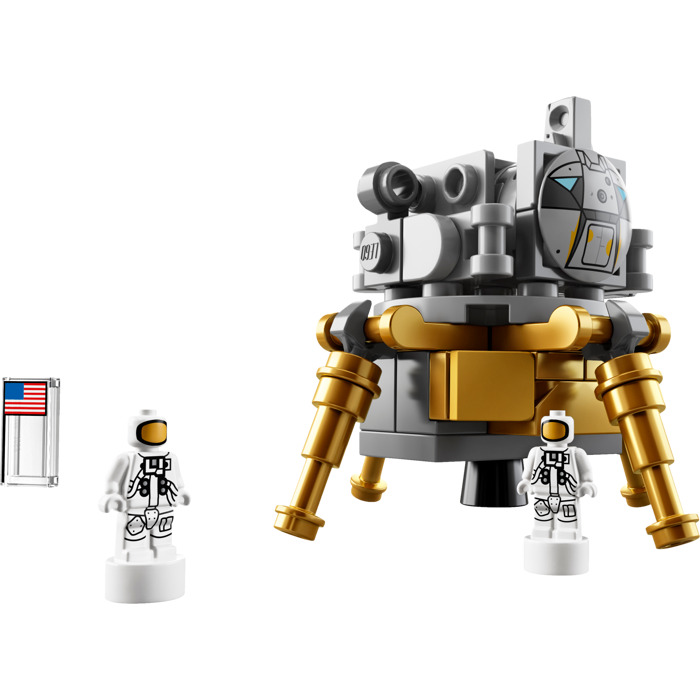

Twelfth is the Service Module with another Progress spacecraft docked on it. That’s why it needed its own solar panels, because when it became a module of the space station, there were no available solar panels to power it: The reason to this is that is it one of the very first modules of the station, and it has been put into orbit before the big solar panels of the truss were there. It has its own solar panels without begin a cargo spacecraft. This module is not represented on the LEGO model, only the Progress spacecraft is:Įleventh is the Functional Cargo Block. On the real ISS picture below, the Mini-Research Module is in the top left corner, and we can see the Pirs module with a Progress spacecraft docked on it in the top middle. Tenth is the Mini-Research Module (grey cylinder) with Progress spacecraft docked on it.

A LEGO fan have created a 2020 version of this spacecraft corresponding to the one actually docked to the station, because the one with rectangular solar panels is from 2013 : It has solar panels because it is a spacecraft which is designed to be autonomous, like the Progress ones we will also see later. The one docked to the station in 2020 doesn’t look like this (this is the only difference between LEGO ISS and the real one, if we don’t take into account which spacecrafts are connected to the differents airlocks). Ninth is the Cygnus spacecraft docked to Node 3. The copula is the earth obervations point, which we can frequently see on images taken from inside the ISS, because the view is stunning: Seventh are the Space To Ground Antennas:Įighth is the Node 3 (center part) with Permanent Multi-purpose Module (cynlider), Bigelow Expandable Module (white ball), Airlock (black cone) and Copula (grey cone with black windows). Sixth is the Node 1 (center rectangular connecting part) with Quest Joint Airock (small cylinder) and Z1 truss (above Node 1), which is the connecting point between the inhabited modules and the station Truss elements: Third is the US Lab Destiny, connected to previously built Node 2 :įourth is the Japanese Experiment Module, connected to Node 2 :įifth is the Colombus module, also connected to Node 2: They should be 22% bigger in diamter to match the scale of the whole station : Second is the Node 2 Harmony module, which is, as all the other modules of the model, a little bit to small compared to the whole station size. Its scale is the same than the small included astronauts, so its should be 66% of its size to match the scale of the entire station (it is actually a little bit too big): Now we can map the differents Space station elements, first is the truss, which is a uninhabited structural elements, with Solar Alpha Rotary Joint (grey parts) at both extremities, allowing the rest of the truss, supporting solar panels, to turn in order to let them always face the sun. If the orbiter of the Space shuttle seems obvious, here are the corresponding spacecrafts for the three other builds : Crew Dragon, Cargo Dragon and Progress. Thus, by following the building instructions manual, we can map the built elements with the real ones as following.įirst are the mini-build from bag 1. The LEGO International Space Station corresponds almost entirely to this configuration: Due to this, I have written this blog post.īefore going into the details of all ISS elements, I will talk about one frustrating thing related to it : the orbiter of the space shuttle cannot be docked where it should be, because both sides are stud.įortunately, there is a simple trick to fix this, simply save the round part of this step:ĭon’t use is at this step, and keep it to be used as connector between the space shuttle orbiter and its docking bay, because, this part fits perfectly to connect them.Īnd this part also works for two others spacecrafts included in this set:īack to the topic of this article : The correspondance of the LEGO ISS to the real one.
#Lego nasa space station manual#
Unfortunately, the building manual doesn’t provide usefull data about this.

If you have bought the LEGO Ideas set 21321 : the International Space Station, you may have wonder what represent each of the oddly shaped elements you built, regarding the real international space station.


 0 kommentar(er)
0 kommentar(er)
